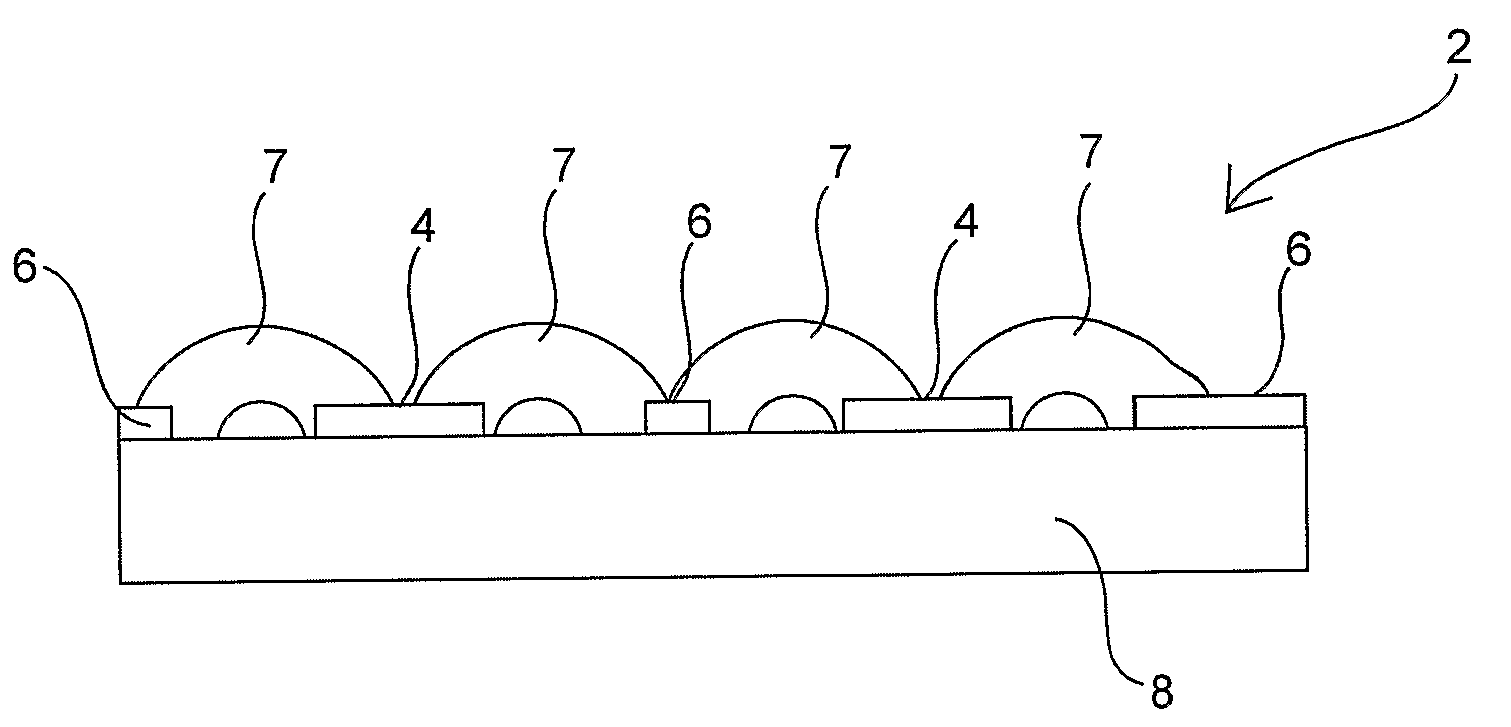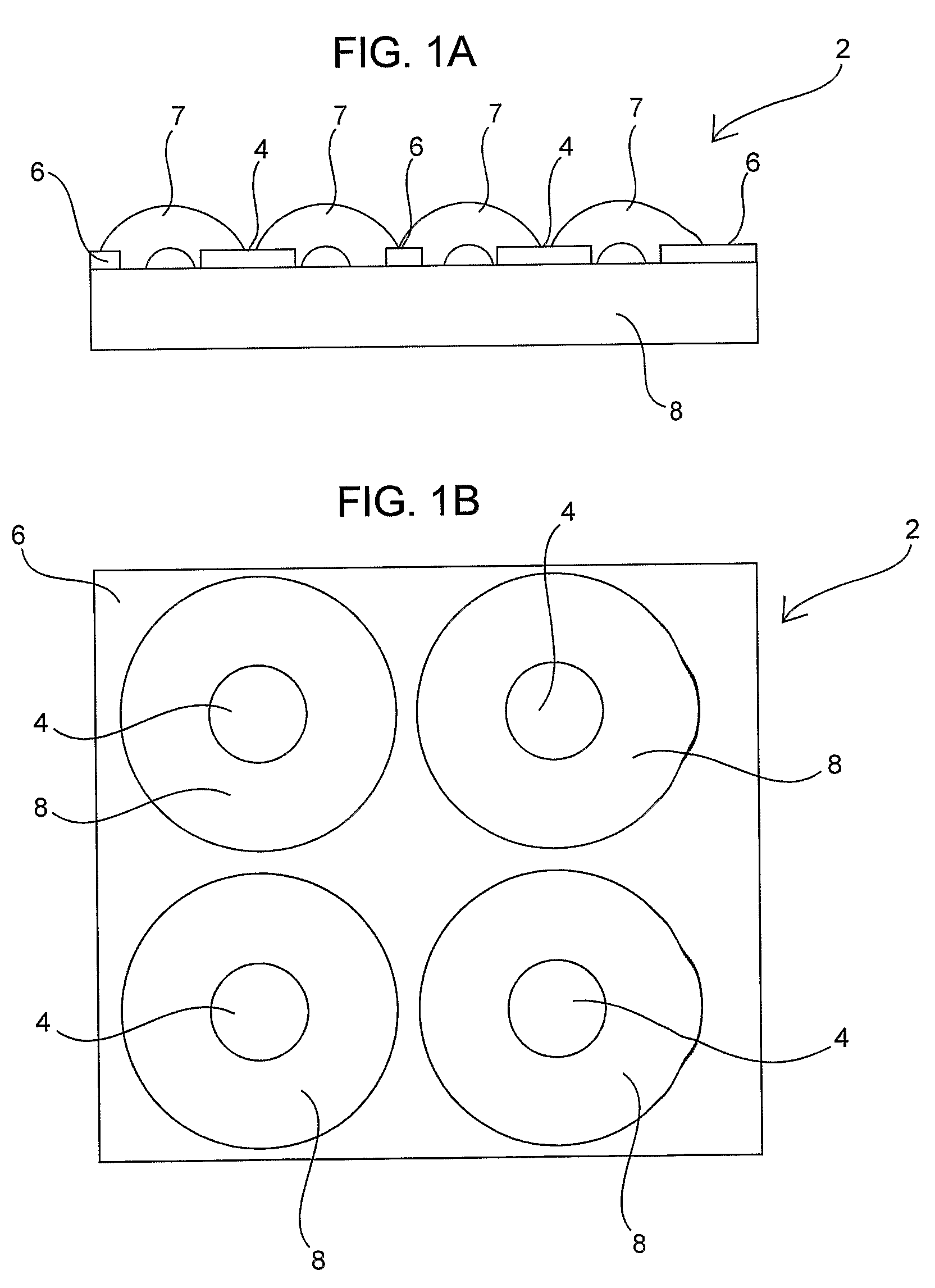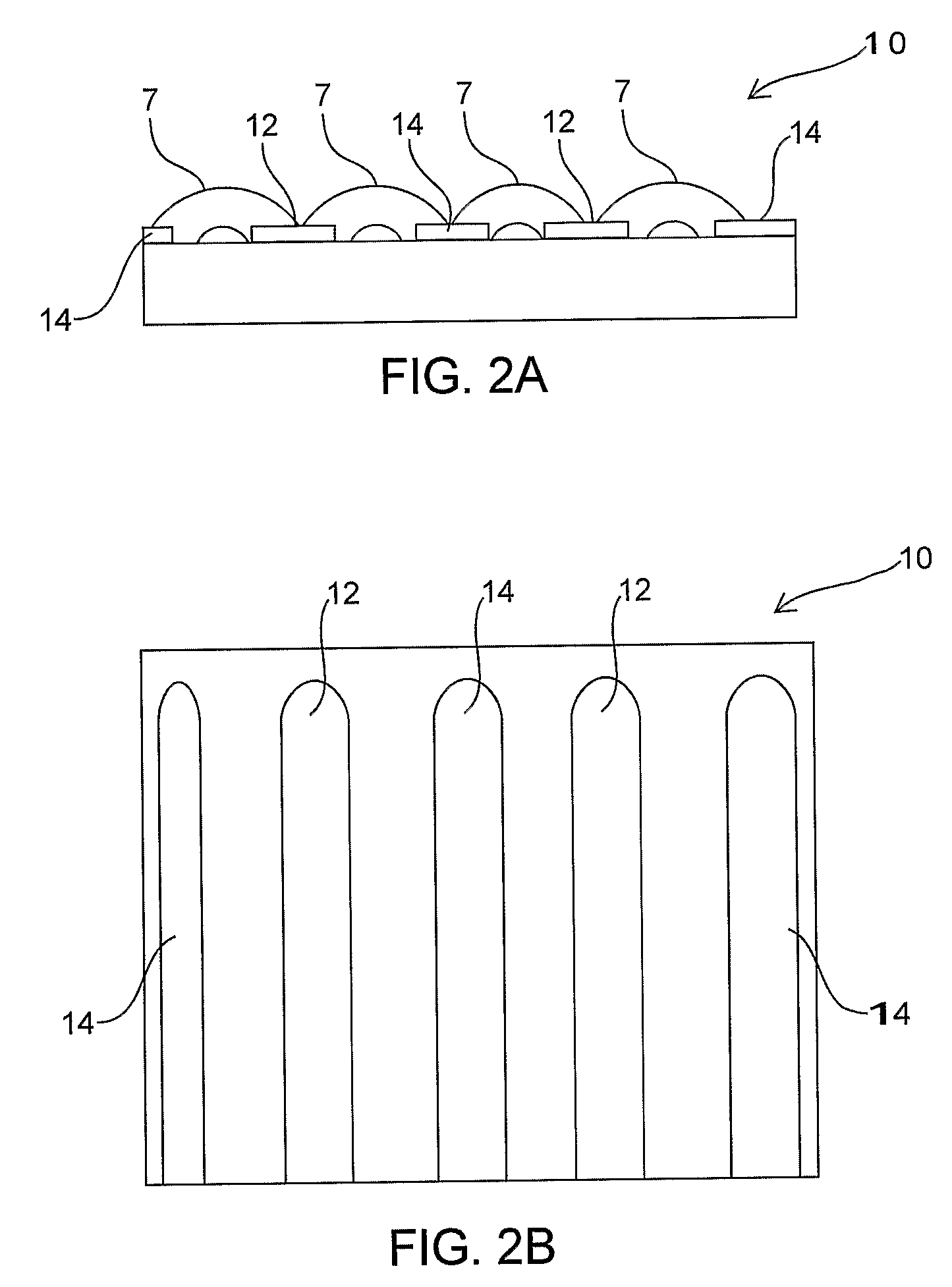Methods and Devices For the Non-Thermal, Electrically-Induced Closure of Blood Vessels
- Summary
- Abstract
- Description
- Claims
- Application Information
AI Technical Summary
Benefits of technology
Problems solved by technology
Method used
Image
Examples
example
[0042]The following example is put forth so as to provide those of ordinary skill in the art with an exemplary disclosure and description of how to employ the present invention, and is not intended to limit the scope of what the inventor regards as his invention nor is it intended to represent that the experiments below are all or the only experiments performed. Efforts have been made to ensure the accuracy of the data, however, some experimental errors and deviations should be accounted for.
[0043]A chorioallantoic membrane (CAM) of a chicken embryo 17 days into the incubation cycle was used for performing the experiments. Various blood vessels (three arteries and three veins) of the CAM were selected for treatment, where the vessels were of varying diameters. An electrode of 2 mm in length, 300 μm in width and 50 μm in thickness was used. Using the electrode assembly, a selected minimum threshold voltage of 100 V was applied in biphasic (having positive and negative phases in the p...
PUM
 Login to View More
Login to View More Abstract
Description
Claims
Application Information
 Login to View More
Login to View More - R&D
- Intellectual Property
- Life Sciences
- Materials
- Tech Scout
- Unparalleled Data Quality
- Higher Quality Content
- 60% Fewer Hallucinations
Browse by: Latest US Patents, China's latest patents, Technical Efficacy Thesaurus, Application Domain, Technology Topic, Popular Technical Reports.
© 2025 PatSnap. All rights reserved.Legal|Privacy policy|Modern Slavery Act Transparency Statement|Sitemap|About US| Contact US: help@patsnap.com



